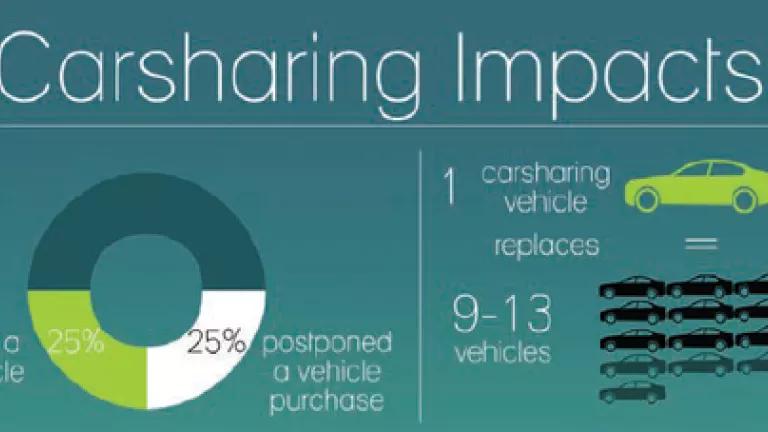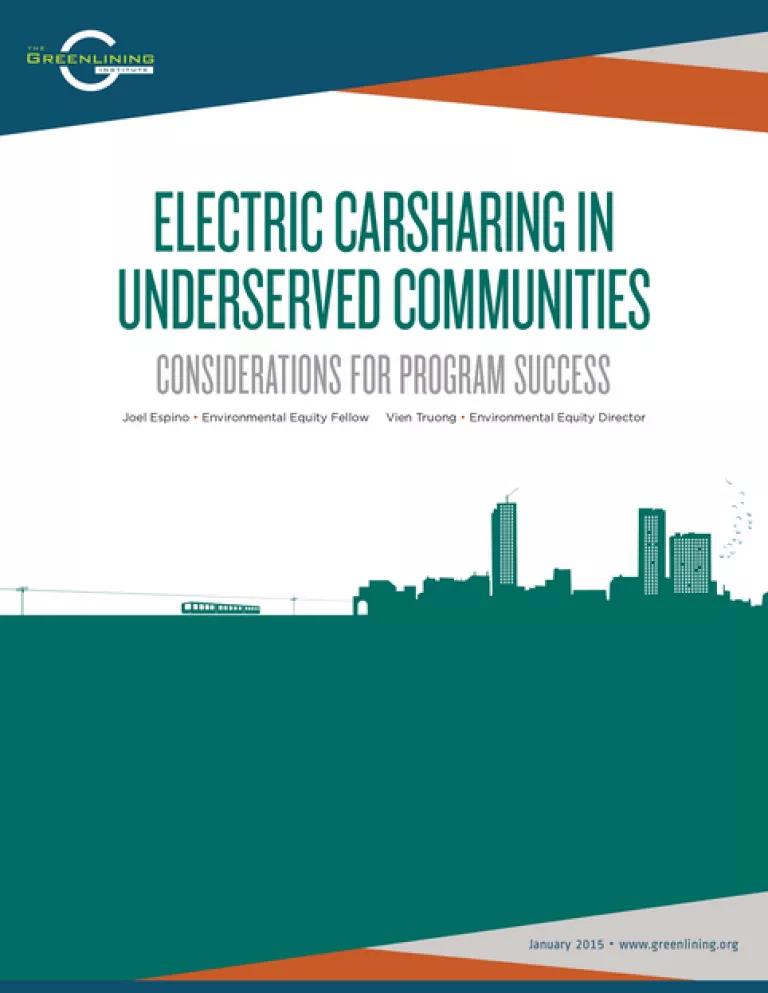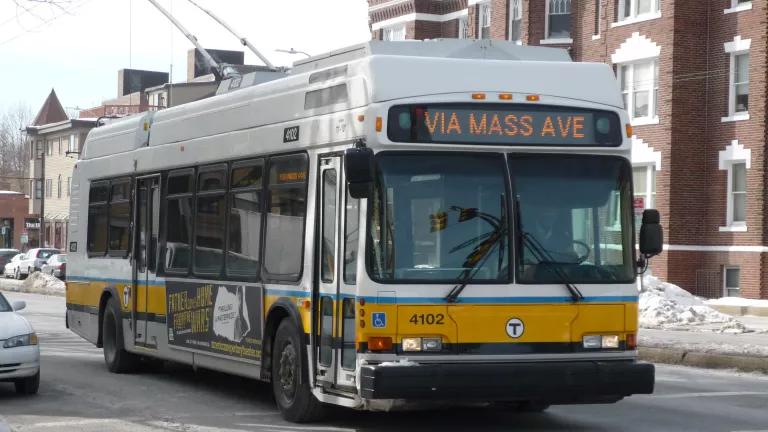
I'll admit that "shared-use mobility" is a bit of a buzz word that can be hard to fully grasp. That's why we asked Dr. Susan Shaheen -- one of the world's leading experts on the subject -- from UC Berkeley's Transportation Sustainability Research Center to walk through its definitions and impacts at a recent legislative briefing on shared-use mobility in Sacramento.
NRDC's Urban Solutions team organized the briefing, in partnership with Move LA and Greenlining Institute, to discuss how new mobility choices can build on SB 375--California's landmark land use, transportation, and climate law--to help California meet its climate goals. Representatives from legislative committees, Assembly and Senate offices, the Air Resources Board, the CA Transportation Commission, regions, counties, cities, health experts, and more came to hear Shaheen and an all-star line-up including Dr. Dan Sperling from the Institute for Transportation Studies at UC Davis, and Dr. Steven Cliff, Sustainability Director for Caltrans.
Shaheen broke down the term "shared-use mobility," explaining that it encompasses both traditional roundtrip as well as newer forms of carsharing such as peer-to-peer (ie Getaround) and point-to-point (ie car2go), bikesharing (eg Bay Area Bikeshare), and traditional ridesharing or carpooling as well as newer services like ridesourcing (ex. Lyft and Uber), or ridesplitting, (LyftLine/UperPool). View her presentation here.
She explained that we have excellent data on the impacts of some of these shared mobility services, but not all. For example, traditional roundtrip carsharing impacts have been well documented. One carshare vehicle has been found to replace from between nine and 13 cars on the road, due to carsharing participants selling their cars or postponing purchases, she said. In addition, members of carsharing services reduce their vehicle miles traveled (VMT)--the primary goal of SB 375--by between 27-43%, very significant numbers to note.
"New mobility services have the potential for a dramatic reduction in car use and greenhouse gas emissions," according to Dr. Dan Sperling from the Air Resources Board and UC Davis. But he also reminded attendees that left on its own, this market may fail to achieve its potential to reduce climate pollution and advance social equity. He spoke of the role of government as steering these services toward the public good, a theme which I imagine we'll spend quite a bit of time discussing in the coming months and years--what is the best role of government in the emerging shared-use mobility sector?
More highlights from the briefing:
- Dr. Steven Cliff from the California Department of Transportation (Caltrans) highlighted their new goal to reduce per capita vehicle miles traveled by 15% by 2020. (Caltrans' exciting new Strategic Management Plan is discussed here and here.)
- Emily Castor from Lyft explained that 50% of Lyft rides in San Francisco are now through the company's ridesplitting platform LyftLine, which allows riders to share a ride and split a fare with a passenger traveling along a similar route.
- Gloria Ohland from Move LA spoke about LA's nation-leading investment in the build out of a public transit system, and how shared mobility solutions can help travelers address first-mile/last-mile solutions to make transit work for them.

- Joel Espino from Greenlining Institute and co-author of Electric Carsharing in Underserved Communities reiterated the importance of making sure low-income communities and communities of color benefit from these services by appreciating traditional forms of sharing, diversifying payment options to include the unbanked, and improving outreach and education.
After the event--as participants lingered long after the formal presentations - the idea of a webinar came up so that more people can be brought into this important conversation.
So, don't worry if you missed the legislative briefing. We'll be organizing that webinar in the coming months. And there's plenty to follow between now and then, including new legislation, such as AB 1360 (Ting) which formally permits the act of ridesplitting, and research, such as Deloitte's recent report on cost savings and emissions reductions from shared-use mobility.
Want to learn even more about the fascinating history of California transportation? Check out the NRDC Urban Solutions audio series: How California is Remaking its Transportation System for People and their Environment.



